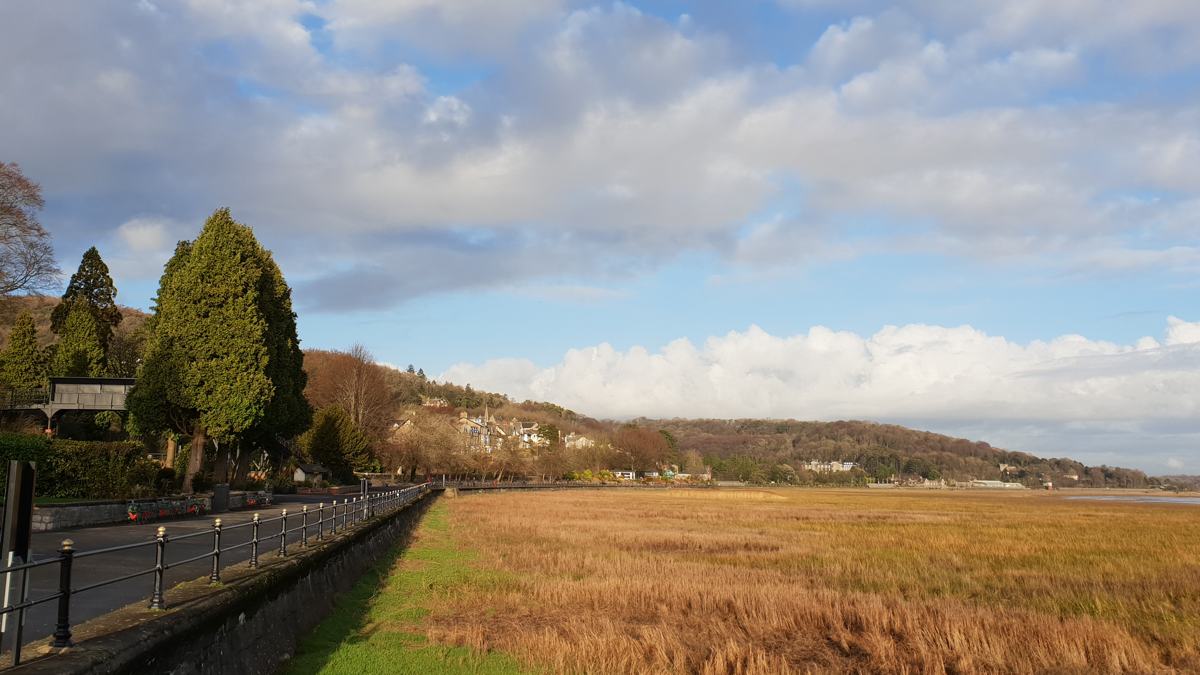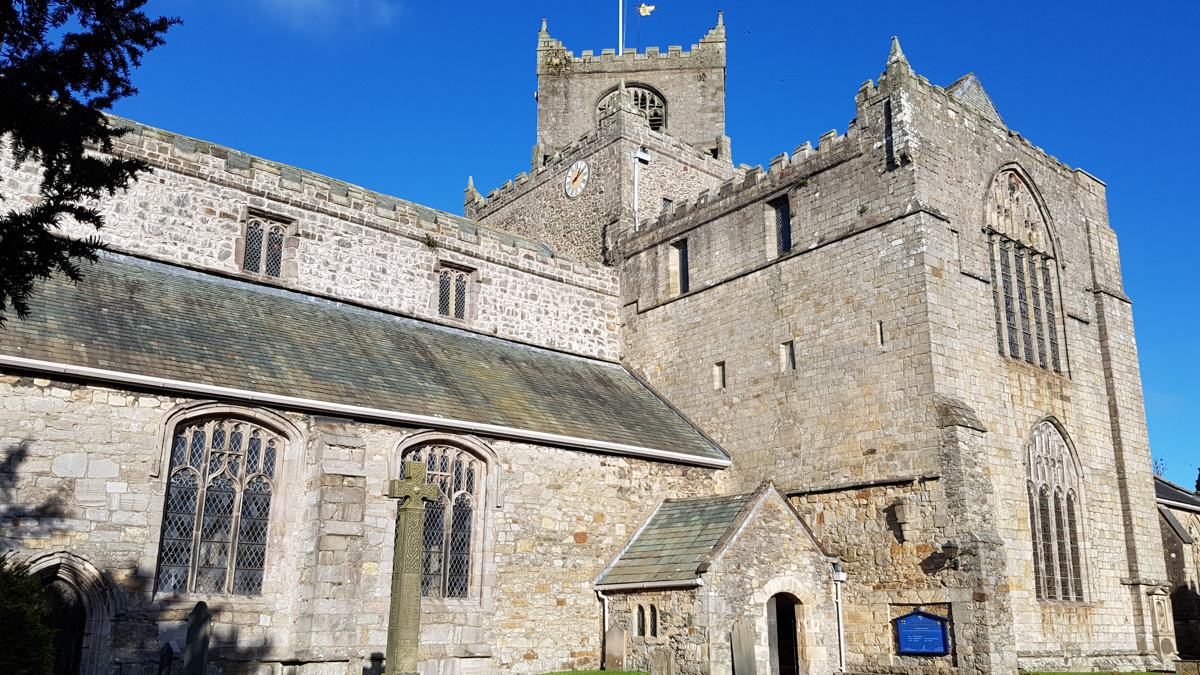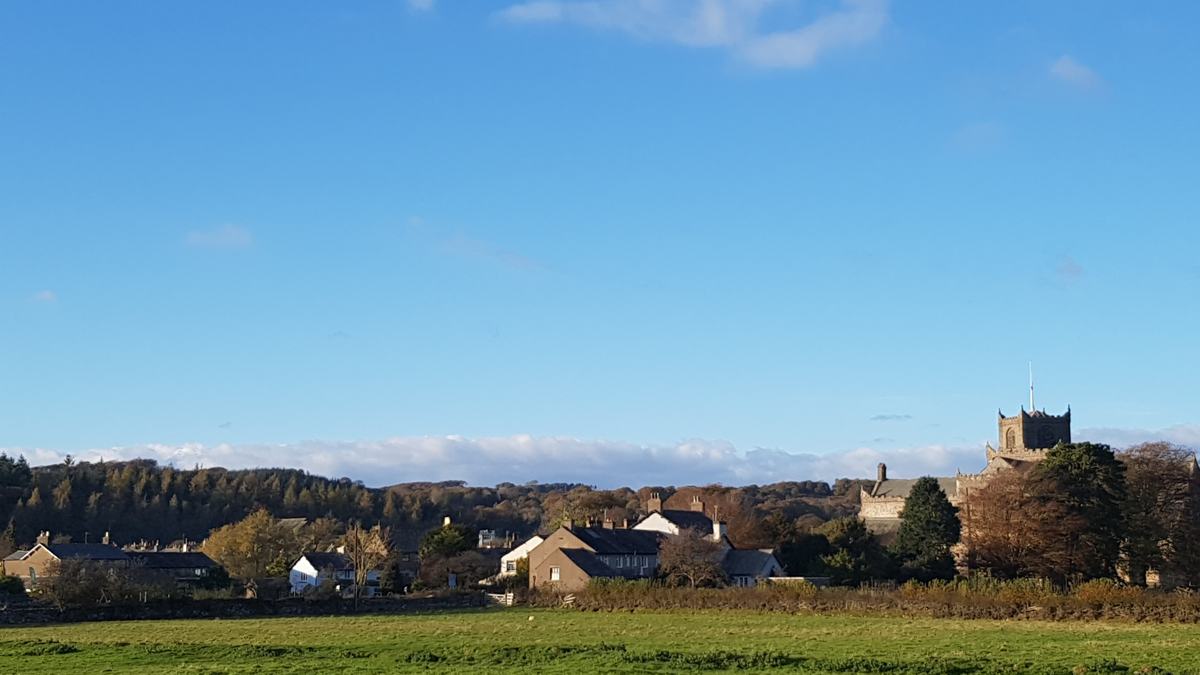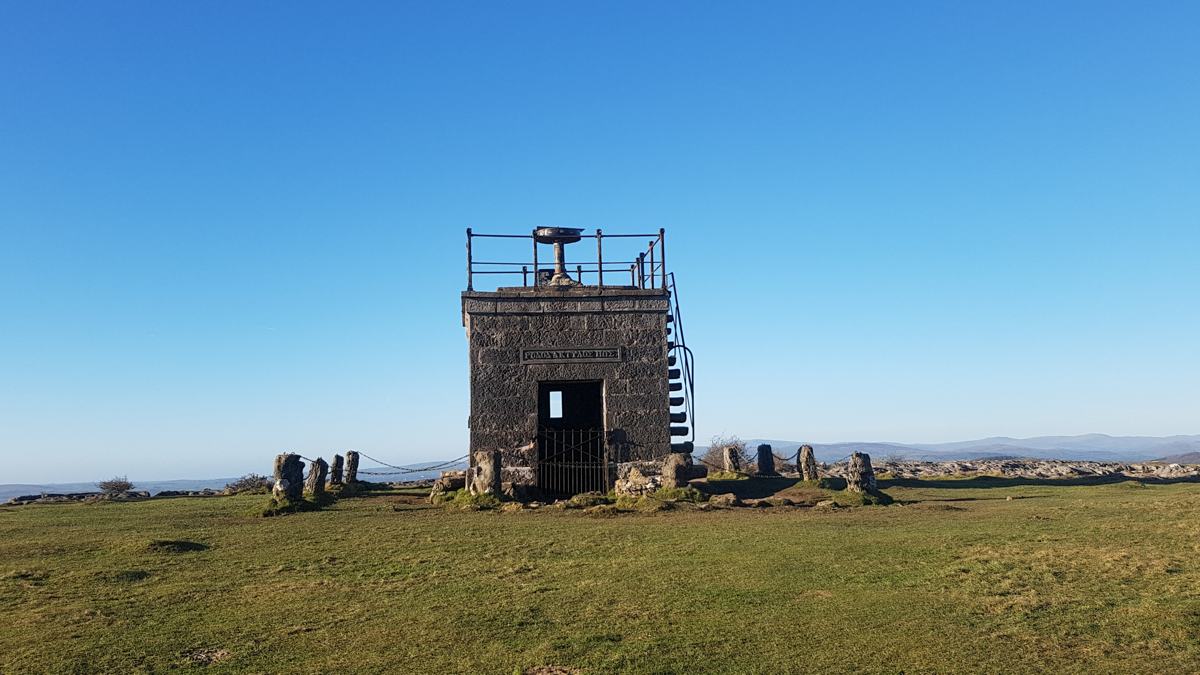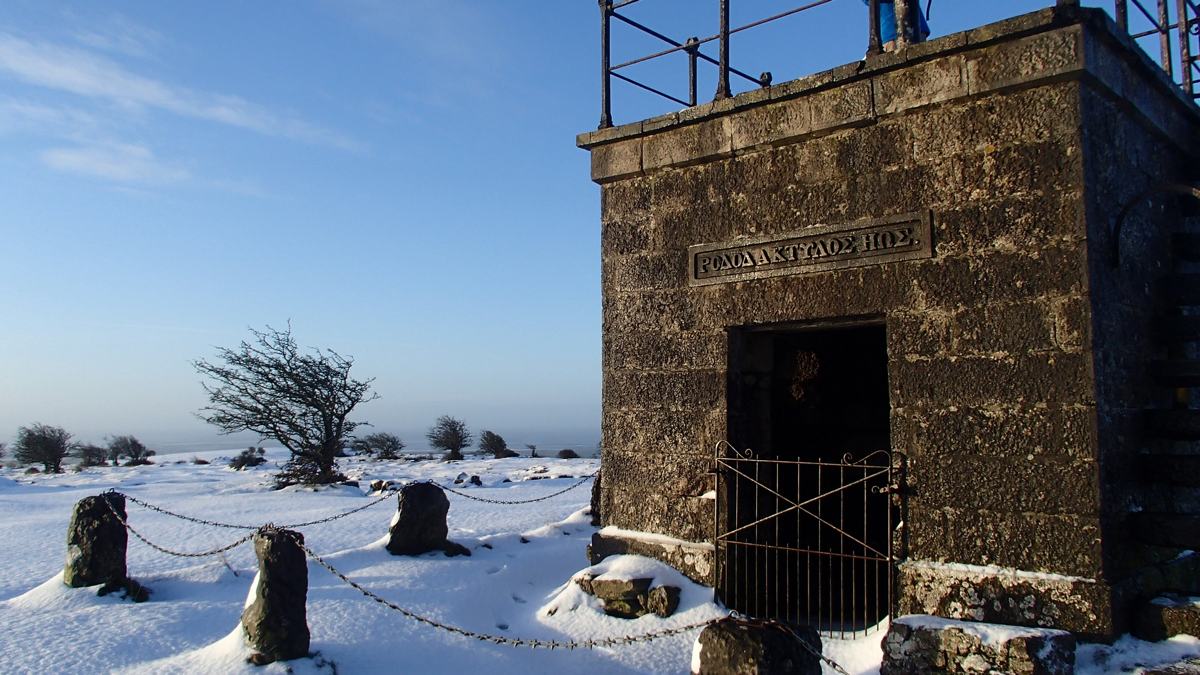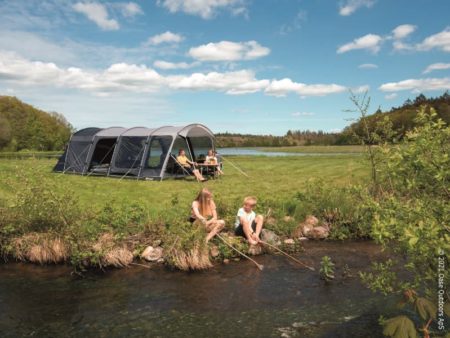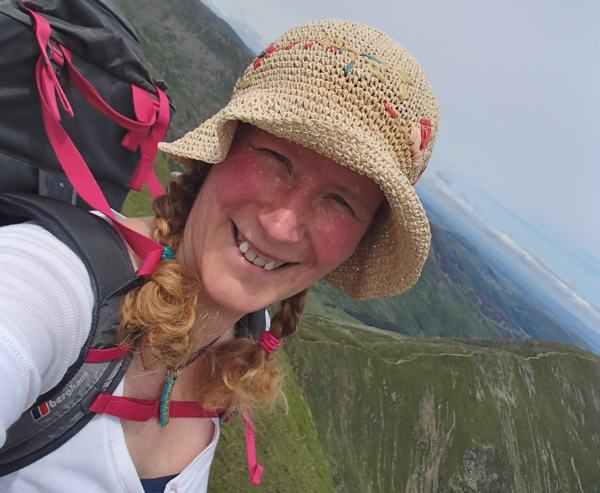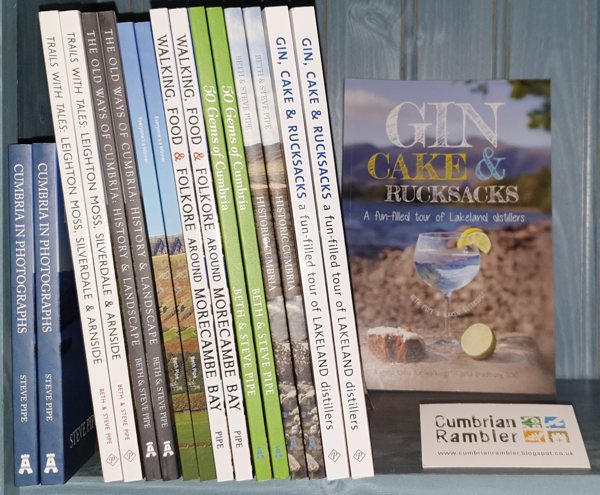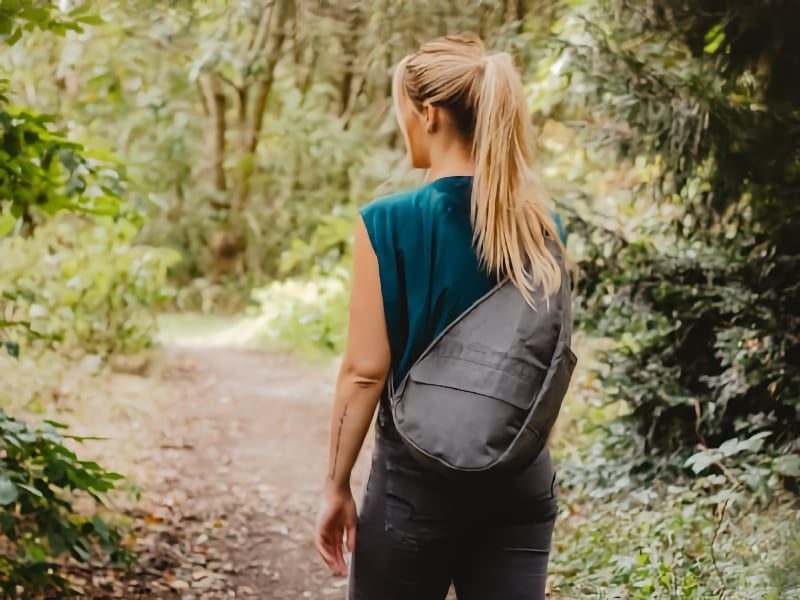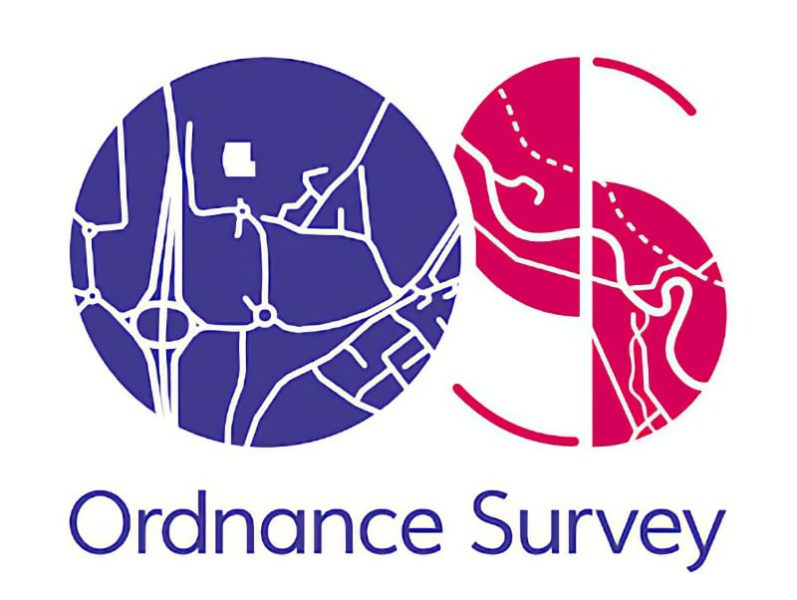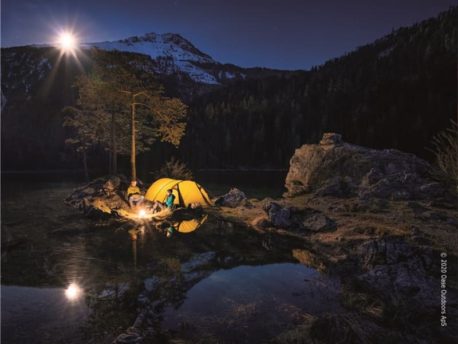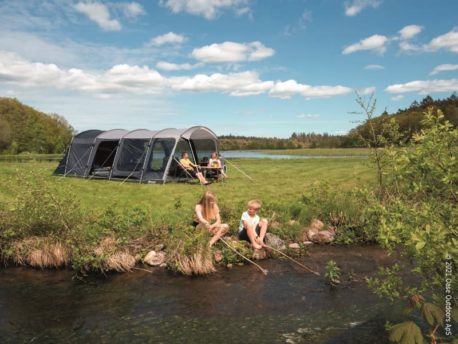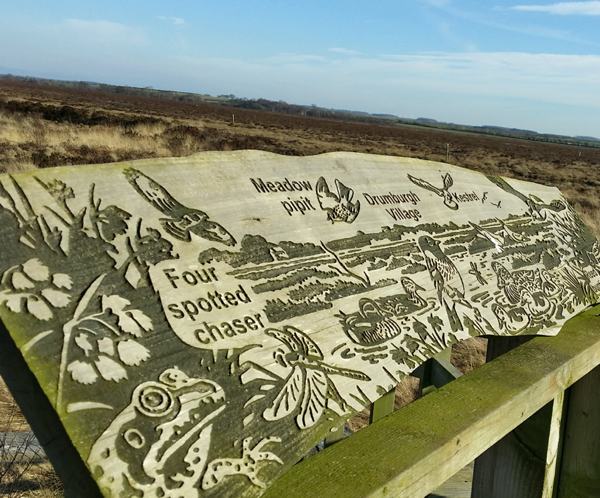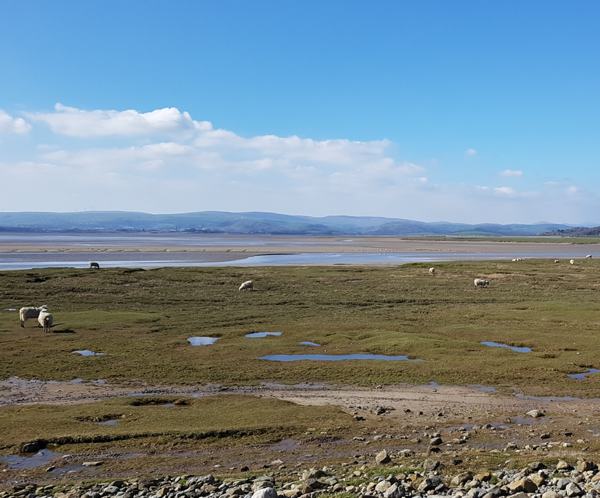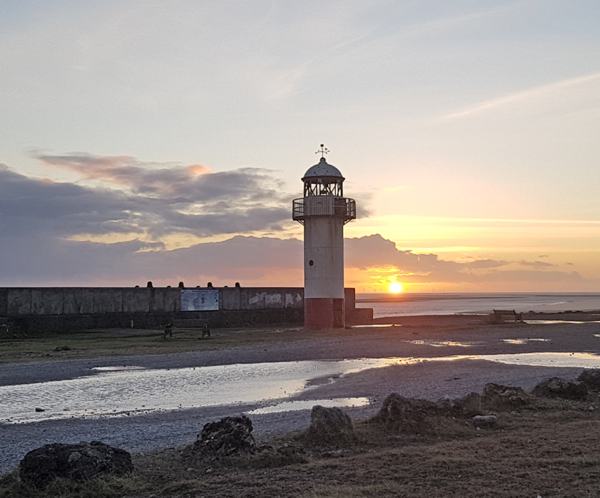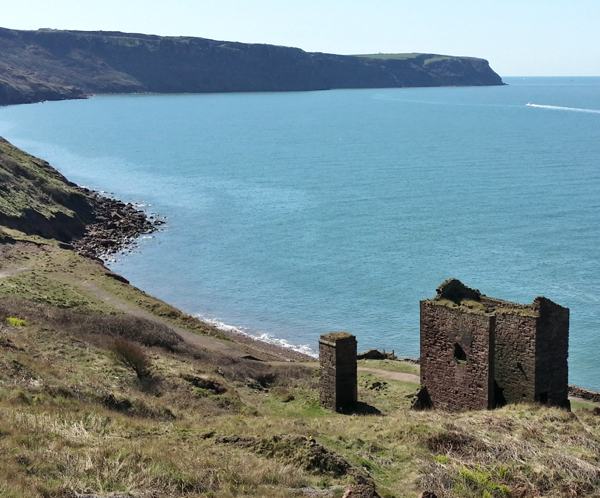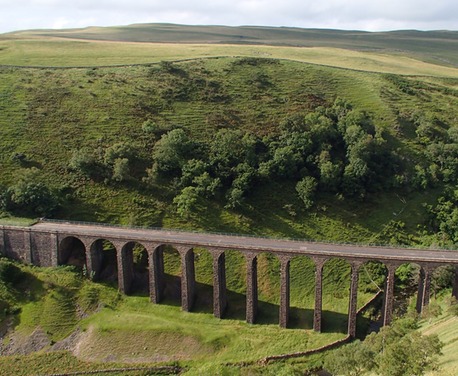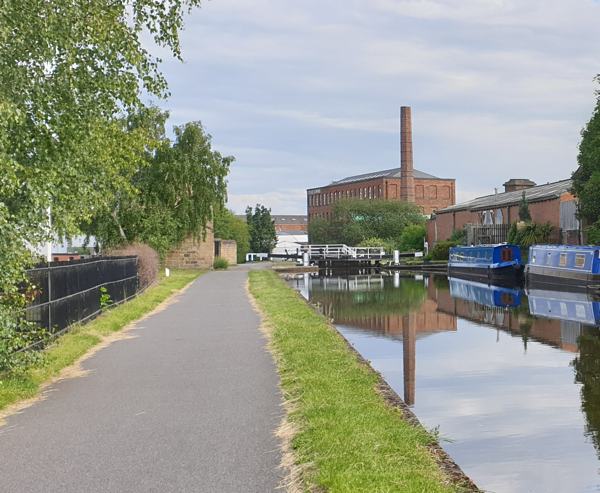Walk Details
This is a great hike for a full day, with plenty of wonderful places to eat in Cartmel. The route is also chock full of history and boasts interesting views pretty much the whole way around.
It’s hard to believe now, but there used to be sand at Grange, so much so that there was a pier with a regular boat service across Morecambe Bay, but the River Kent shifted its path and now we have salt marsh. Rumour has it that the channel is shifting again and the sands will return over the next few years, we’ll see.
The “over-Sands” part of the name came thanks to Rev Wilson Rigg, who arrived in 1858 having nearly drowned on his way across the sands. He apparently got so fed up with his post ending up in Grange-near Keswick that he added the “over-Sands” bit to differentiate the two.
Over the past 150 years or so the shoreline has changed dramatically, and not only as a response to the sands.
If you take a look at old maps of the area you’ll see Holme Island looks a lot further away from the shore than it is today and that’s because the arrival of the railways in 1897 radically altered things.
Prior to then the tides came in a lot further – in fact there’s a small group of houses on a sharp bend on Windermere Road known as The Slack, as this is where the highest tides reached; the houses along the bottom of Windermere Road still have Morecambe Bay silts and sands just below the soil in their garden. When the embankment and prom was built for the railway it immediately stopped the tide coming any further along the valley.
The Hospice on the top of Hampsfell is Grade II listed and was built in 1846 by the Reverend Thomas Remington, vicar of Cartmel to offer shelter to fell walkers. It offers some of the finest views in Cumbria; on a clear day you can see all the way to Skiddaw in the north and Blackpool Tower in the south. The steps up the side are steep and tricky to negotiate but spare a thought for the first folks to venture up there, for many years there was no hand rail or iron railings around the top; hard to imagine in these Health and Safety conscious days!
The priory in Cartmel was founded in 1188 by William Marshall on land given to him by Henry II; Marshall founded the priory in honour of Henry II and his son Henry the Younger. It was the only conventual monastery in Lancashire which escaped the dissolution of the monasteries during the reformation and still dominates the centre of the village. There’s a heavy wooden door in the southwest corner of the nave which is known as Cromwell’s Door, if you examine it closely you’ll see bullet holes in it reputedly made by Cromwell’s men in 1643 when they stabled their horses there.
Cartmel is also home to the famous race track. The first race at Cartmel racecourse took place in 1856 and race events continue to this day. The circuit is just over 1 mile long and has the longest run in in the country (the distance from final fence to finish line). The railway probably helped the racetrack to survive where others failed and every year there are 8 fixtures which turn the tiny village into hive of activity.
 Nearest Train (or tube) Station(s):
Nearest Train (or tube) Station(s):
Carlisle
Read the Countryside Code before venturing out
Make sure to take a map and compass, and know how to use them before going into our National Parks #BeAdventureSmart
Tips for New Walkers: click here to download (PDF).
Remember to prepare properly before heading out on any type of walk or outdoor activity. Tell people where you are going and what time you are expected back. As Wainwright says "There's no such thing as bad weather, only unsuitable clothing".


